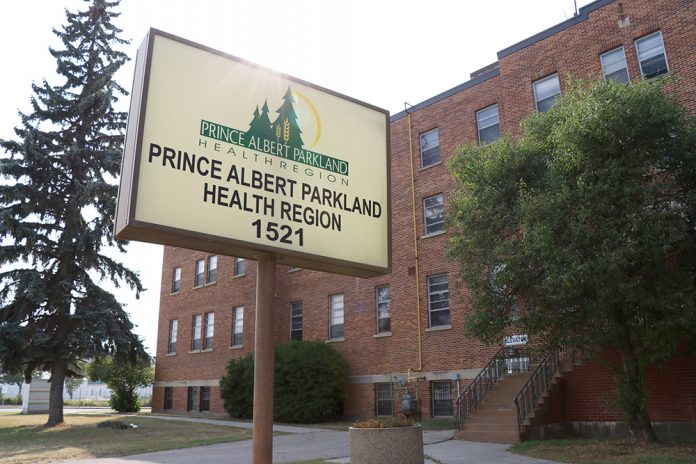The provincial health authority has officially begun its search for 50 new pre- and post-addiction beds.
Adding the beds was a commitment made by the provincial government in its most recent budget. Monday, the Saskatchewan Health Authority (SHA) announced it had issued a request for proposals (RFP) to develop about 50 residential pre-and post-addiction treatment beds across the province for people recovering from substance use disorders, including crystal meth, opioid and alcohol addiction.
According to a press release, the beds will support people who do not have safe and stable housing between completing detox and beginning residential treatment.
“It will also help those who require supportive housing after treatment to maintain and strengthen the gains made during treatment,” a press release said.
According to the SaskTenders website, the tender documents were posted on Sept. 4. The competition closes on Sept. 30. Most of the new spaces are set to open before Dec. 31.
“There is strong evidence that stable housing combined with various levels of community support lead to better outcomes for people living with complex mental health and addictions issues,” the tendering documents say, quoting from the province’s 2014 mental health and addictions plan.
“These interventions help to reduce the use of more costly hospital beds or the criminal justice system.”
The document says there is a need for housing support for those transitioning between social detoxification and in-patient substance use, and for those who require supportive housing after exiting treatment “in order to maintain and strengthen the gains made” while they were treated.
“Some clients require both housing and community supports for at least a period of time,” the documents say.
“Additional residential capacity will strengthen the continuum of substance use disorder services and result in better outcomes.”
Distribution of new spaces not yet set
Unlike a July request for proposals that set aside how many beds would go to each community for “individuals with intensive mental health and addictions needs,” these 50 new beds are not currently assigned to specific communities.
Instead, “Client catchment patterns” and how close or accessible sites are to substance use disorder treatment “and other services” will be a consideration as the province decides how to distribute the “approximately 50” residential spaces.
The new residences will be group-living environments “where people who have recently become sober have the security of a safe, drug and alcohol-free place to stay.”
Support for residents in the facilities will come from support groups and professional services available in the community. All resident will have an individual SHA substance use disorder counsellor or case manager assigned to them to ensure an “active recovery plan,” the documents say.
Residences will have a small staff component “and will need to rely on the leadership and peer support of residents to a considerable degree.”
As such, the ability of clients to handle the relatively unstructured living situation will play a role in referral and admission.
Group therapy may be conducted on-site by other agencies. Residents will also attend local therapeutic, educational or recreational activities in the community.
The documents acknowledge that pre- and post-treatment clients require different types of supports, and those differences will have to play in role in designing each residence’s support structures.
In the documents, the SHA notes that biological, social and other factors including family and social environments can affect alcohol and drug misuse, abuse and dependence.
“We recognize that clients have strengths and resiliencies and should determine their own meaning and goals, thereby strengthening motivation and increasing independence during the treatment process,” SHA wrote.
“Clients often require family, cultural and community supports and interventions to move toward recovery and healing. Treatment planning and support components need to respect and accommodate each person’s uniqueness and appreciate each of the progressive stages that clients move through in their substance use disorder recovery journey.”
Residents will be involved in things like shopping and preparing food, cleaning and maintenance, group and laundry and purchasing household supplies. They will also be encouraged to work, go to school or volunteer outside of the residence and participate in social, physical, creative and community activities.


